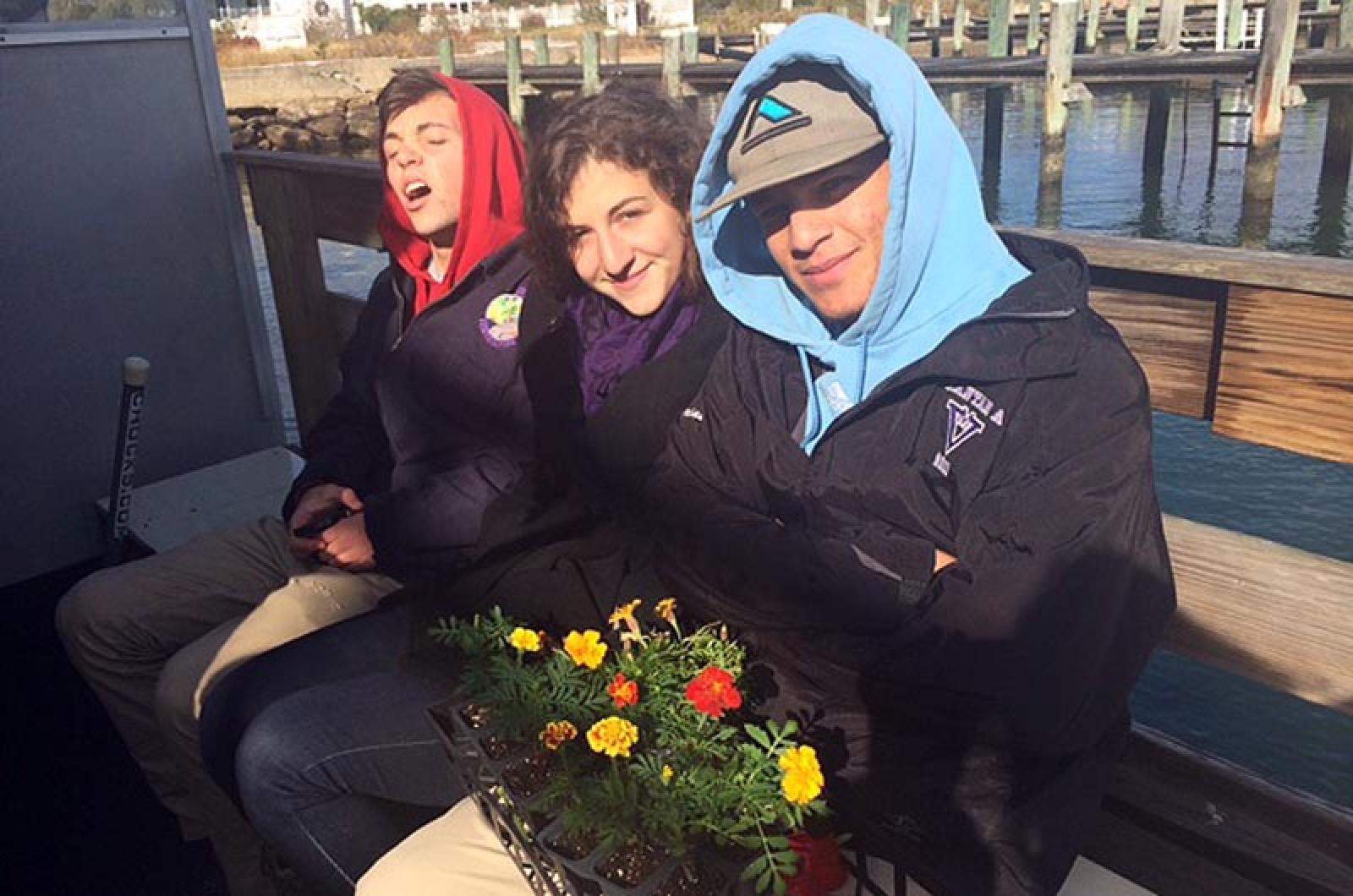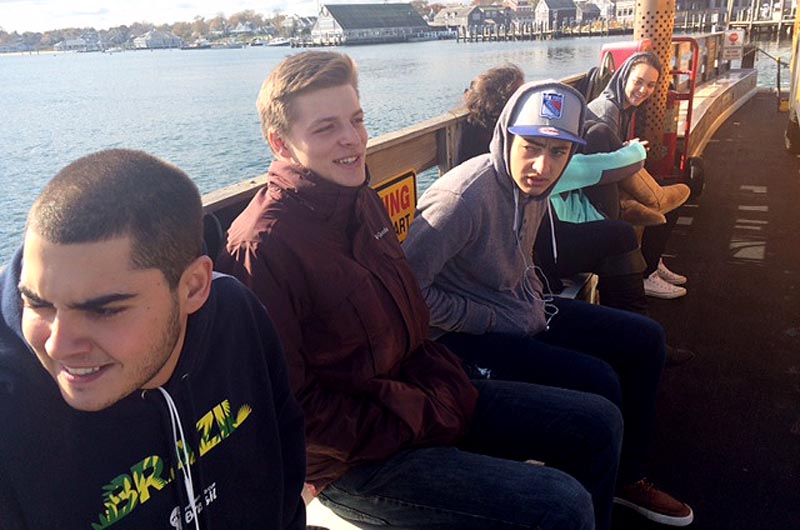History is the human story that embraces all of us, but so often it is presented as a lifeless catalogue that leaves the learner to conclude that whatever history is about, it’s not something that applies to the lives of ordinary people. The interesting questions such as “How did we all get here?” and “Did we all struggle to find our place in the U.S.?” are not generally answered. In this version of history, poverty and devastation are not part of the experience; people traveled from all over the world leaving everything that was familiar because they were inspired by a vision of a shining city on the hill, or a desire to travel.
In the Irish history class at the high school, we have spent the past several weeks learning history in a different way. We have been finding out about the realities of the greatest catastrophe in the story of Ireland, where a quarter of the population disappeared and the history of the United States was changed forever by an influx of hordes of hungry people desperate to survive. Working with their eighth grade partners at the West Tisbury School, the class examined moldy potatoes using microscopes, researching the scientific nature of the blight that destroyed the staple diet of the Irish. High school students taught the eighth graders about the social and political situation in Ireland that made the native Irish solely dependent on the humble potato. We learned that the average Irish man ate 14 pounds of potatoes a day before the blight struck. We learned that the potato is highly nutritious, especially when combined with milk and cabbage or onions. We learned that because most of the indigenous Irish had less than half an acre of rented land, potato cultivation was the only possible choice. And we learned firsthand that anything planted and growing is vulnerable. Our own potato garden was attacked by potato beetles and that reduced our harvest, but we still managed to plant more and to glean 97 pounds of potatoes to share with our school community. In a fusion of cultures, we discovered that a great use for our potatoes was to make Irish nachos.
So what else did we learn? We learned that famine victims don’t get the best of food. Following the recipe of the famous chef Alexis Soyer, who won a competition for the cheapest — and some might say nastiest — soup, the high school students replicated the famine soup fed to some of the more fortunate victims. “It’s gross,” observed senior Leila Gardner. “Why would anyone put lard in soup?” The eighth graders tried the soup with varying responses.
Dorain Johnson’s research topic was Irish immigration into the U.S. after the famine, and he discovered some heartbreaking information, such as the fact that 90 per cent of the children of the first Irish immigrants died before their sixth birthday. He learned that the Irish were constantly being arrested and jailed and that families were fractured by the need to find work and sustain life. So many of the so-called Famine Irish were the only representatives of their families to escape from what had become a graveyard, and the solitary survivors had paid a high price, losing all that was part of their identity and culture.
At some point in this kind of learning, the situation becomes real. We understand that we are talking about immigration. We are talking about people trying to survive and who bring some part of their past with them. “No one leaves anywhere to go to another country unless their situation is impossible where they are,” noted Gus da Souza. “It’s very hard when you are in a new place and you don’t understand how things are done or what people are talking about.”
Later we learned that in 1851 a British boat carrying 256 Irish people cast away off Muskeget Island. The diarist, Jeremiah Pease, made a bleak entry: “Four froze to death.” The boats that brought the Irish out of famine-stricken Ireland were known as coffin ships, and we know that they were filthy, overcrowded, often leaky and took all the money that their passengers could give. We don’t know who those people were, but we know their situation. They are nameless, simply referred to as four Irish.
The poor leave little trace, but we can make a journey out to East Beach on Chappaquiddick and honor those victims, giving them the only memorial service that they will have.
The students gathered flowers and memorized the words cuimhin liom tu, meaning in Irish gaelic, “I remember you.”
We gathered on the shore at East Beach and repeated the words together, and then separately the flowers fell in the water, making a connection with the nameless and dispossessed, wherever they are.
“I am so glad we came here today,” said Aidee Espino. “It was so sad learning about how hard people had it. My grandmother is Irish and I kept thinking about that. I feel like we did something for them here today. We can’t make it right but we can remember them.”
The final part of our project will be a workshop based on the Stephen Foster song, Hard Times Come Again No More. As we hear the words, “Let us pause in life’s pleasures and count these many tears for we’ve supped sorrow with the poor,” we dedicate it to all our families and honor the struggles of all people everywhere for justice and equality.
At this time of Thanksgiving, we are thankful for all that we have and reach our hands out to those who have little.
Elaine Cawley Weintraub, is chairman of the history department at the Martha’s Vineyard Regional High School.





Comments
Comment policy »